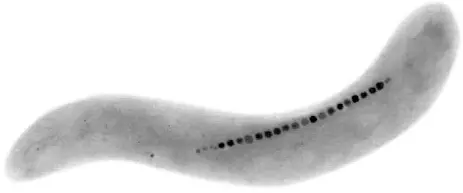The animal kingdom is a tapestry of evolutionary wonders, with species adapting unique senses to thrive in their environments. Among these wonders is magnetoreception, a remarkable navigational sense that aligns certain species with Earth’s magnetic field. This fascinating ability was first observed in 1963 by Italian doctor Salvatore Bellini, who noted that certain bacteria moved in response to magnetic fields. This discovery of magnetotaxis laid the groundwork for a deeper understanding of magnetoreception.
In 1975, American microbiologist Richard Blakemore brought this concept into the scientific mainstream. He identified that these magnetotactic bacteria housed chains of magnetite, providing them a biological compass. This discovery expanded the realm of animal navigation beyond the traditional five senses.
Further research revealed that magnetoreception is not exclusive to microscopic organisms. Various species, including birds, arthropods, and mollusks, exhibit this sense. Homing pigeons, for instance, utilize the Earth’s magnetic field for navigation, with magnetite particles found in their beaks. However, the exact mechanism of how these animals interpret magnetic signals remains an intriguing scientific mystery.
This enigmatic sense of magnetoreception challenges our understanding of animal behavior and navigation. The absence of a specific sensory organ for this purpose in magnetoreceptive animals adds to the intrigue. Understanding magnetoreception not only unravels the mysteries of animal migration and navigation but also opens new frontiers in evolutionary biology.

